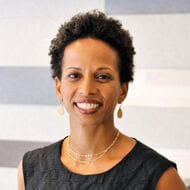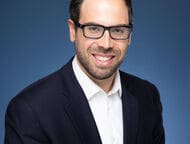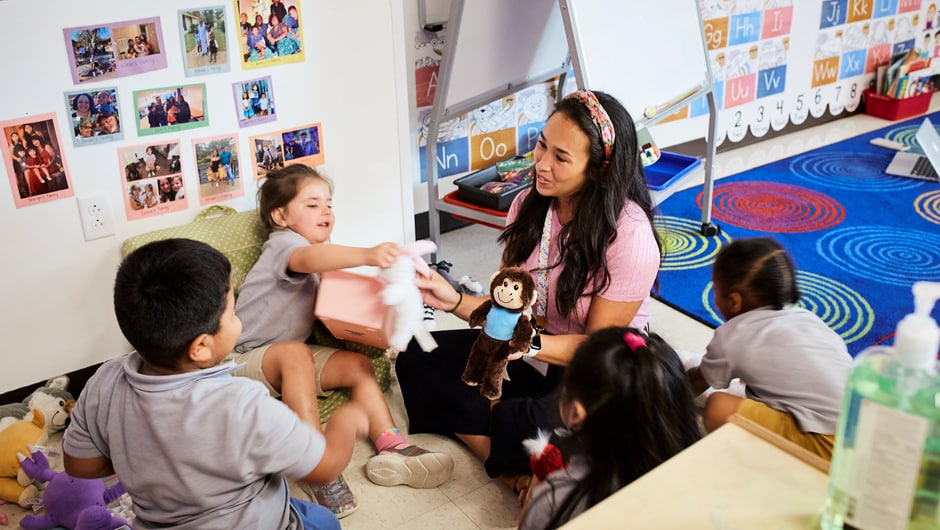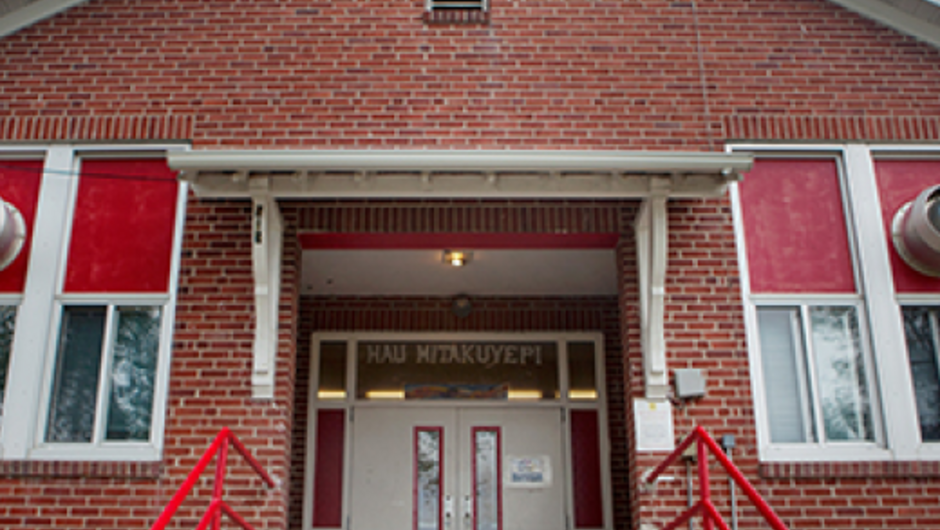
When Men Of Color Teach
Adapted from ElevatED keynote speech on January 13, 2017
As the Executive Director of Teach For America New York, I have the privilege of working on a daily basis with impassioned educators: teachers, principals, policymakers, nonprofit leaders, our corps members, alumni and partners and I’m always curious about their stories. What people, places and experiences influenced their path to teaching, shaped their approach in the classroom, and inspired their vision for public education?
For me, most days it’s my sons and the challenge, even with all of my privileges, of raising three Black-Latino boys in New York City, that’s what fuels my passion to dramatically alter public education in New York City. Today, however, as Black History Month comes to a close, it’s my 47-year old brother, Chuck.
When I first thought about my male teachers of color (or any teachers of color from my childhood for that matter), I came up blank. I realized that I didn’t have a single teacher of color until college. Although I was born in the Bronx, I did most of my schooling in a small town in Orange County, NY, and more often than not, I was the only person of color in the room. As the realization that I had gone my entire Pre-K through 12th grade education without ever having a male teacher of color began to set in, I had this distant memory of one of my brother’s elementary school teachers, Mr. Hunter. I didn’t remember much about him except that my mom talked about him a lot. This was rare because my mom never spoke much about our teachers and rarely spoke about race, but she always seemed to be talking about Mr. Hunter and the fact that he was Black.
So I texted my brother, “Do you remember Mr. Hunter?” I got an immediate response from him. After he quickly corrected me that it was Dr. Hunter, he went on in a long series of texts to tell me all that he remembered about him: his presence, his Southern accent, his penchant for proverbs, what it meant for him so see another black face in that predominantly white school, and above all how Dr. Hunter had been a role model for him in that critical 5th grade year when he was 10 and our father had walked out. He talked about how Dr. Hunter had stayed after school to help him catch up on the work he missed after we retreated to Jamaica for several months to explore moving back there.
After reading this text exchange, I had a much better understanding of why my mom spoke about Dr. Hunter so much during that year. For a recently divorced single mom struggling, financially and emotionally, to figure out how raise two kids more than an hour away from our closest family members in the Bronx, Dr. Hunter was a ray of light. She was grateful and relieved that my brother had a black, male, authority figure and role model in his life.
Ensuring that kids in New York City have their own Dr. Hunters is what brings me to share this. I hope that as you read my story and continue to interact with peers in the field, your investment, not only in education, but in the movement for educational equity is confirmed. Right now, despite the fact that 43 percent of New York City’s public school students, that’s nearly half a million, are males of color, only 8 percent of the city’s teachers are men of color; 8 percent is not enough. Even though the teacher demographics were quite representative of the student population in upstate NY where I went to school, it wasn’t there either. Dr. Hunter taught at that school for a long time. He taught hundreds, if not thousands of white children. I wonder, particularly in this moment in our country, how did having him as their teacher shape their view of the world and their view of race in our country? Diversity benefits all of us. Lack of diversity hurts us all.
Over the past 25 years, Teach For America has done a lot of things for public education that makes me incredibly proud to lead the New York region of this organization. More than 5,000 corps members and alumni are working across all sectors here in New York City. The vast majority of them continue to work in education, as teachers, leaders, advocates, social entrepreneurs and philanthropists, and there are also artists, lawyers and business people. All of them started their careers in the classroom. But what I’m most proud of is the investment Teach For America has made in diversifying our corps and actively promoting equity and inclusiveness within our community.
Today, 62 percent of our corps identify as people of color, and 18 percent are men of color. While that’s an impressive number in relative terms, it’s not enough and it’s not just about the numbers. Getting male teachers of color in the classroom is just the first step. The same research that illustrates the importance and value of teachers of color also tells us that the isolation and additional responsibilities take a heavy toll, and lead them to leave their jobs at higher rates. Solving this issue is the task we must face. Our initiative is not just about bringing men of color into the classroom, it’s about supporting them to be and stay successful.
To paraphrase Academy Award winner, Marhershala Ali, this is not about us, it is never about us, it's about students. We are in service to them and their stories. Making sure our schools have the leaders they need is all of our responsibility.
Sign up to receive articles like this in your inbox!
Thanks for signing up!
Content is loading...







